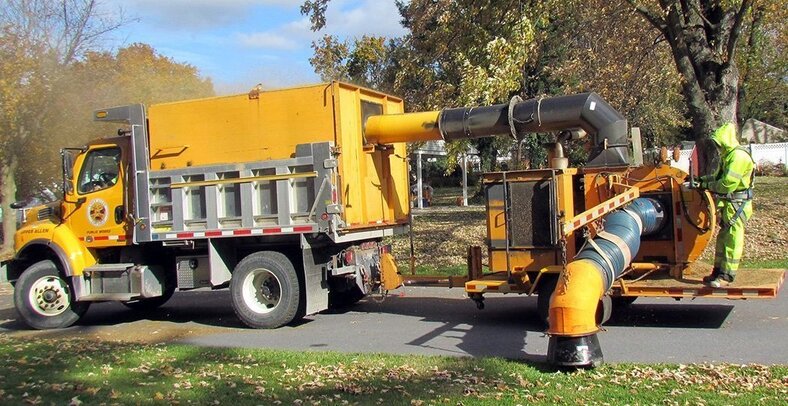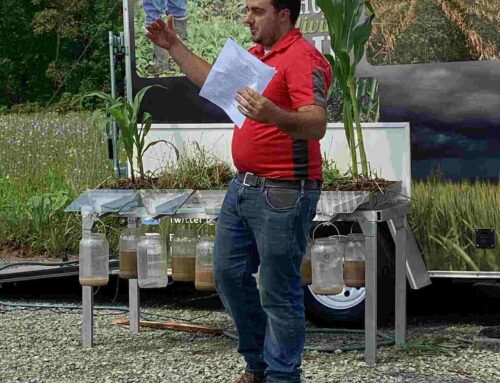The Wisconsin Department of Natural Resources (WDNR) Interim Municipal Phosphorus Reduction Credit for Leaf Management Programs Guidance is now available for review and public comment. Comments and questions should be summited by March 5, 2021.
Permitted Municipal Separate Storm Sewer Systems (MS4) must ensure stormwater discharged into a surface water complies with the Total Maximum Daily Load (TMDL), if one exists for that water body. In Northeast Wisconsin, all TMDLs name phosphorus one of the pollutants of concern. There are several sources of phosphorus in urban stormwater, but in residential areas, plant and leaf litter account for the greatest contribution of phosphorus in runoff.

Until recently, not much was known about the benefits of municipal leaf collection programs for phosphorus reduction in surface water. Over the last several years, the United States Geological Survey (USGS) conducted studies in Oshkosh, Fond du Lac, and Madison, Wisconsin to find out how much total and dissolved phosphorus in stormwater can be reduced through municipal leaf collection and street sweeping programs. The studies determined that frequent leaf collection and street sweeping in the fall may substantially reduce phosphorus loads in stormwater.
There is now enough data to apply numeric phosphorus reduction credit for municipal leaf collection on Medium Density Residential land uses. At this time, credit can only apply to areas meeting the specific conditions outlined in the guidance. The WDNR plans to expand credit to include different land use types, tree canopy and road conditions, and leaf collection/street cleaning programs as more studies are done.






